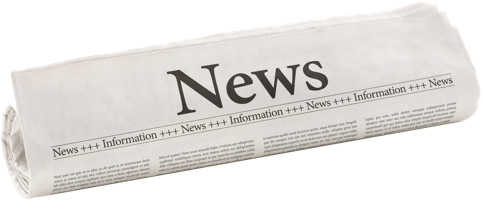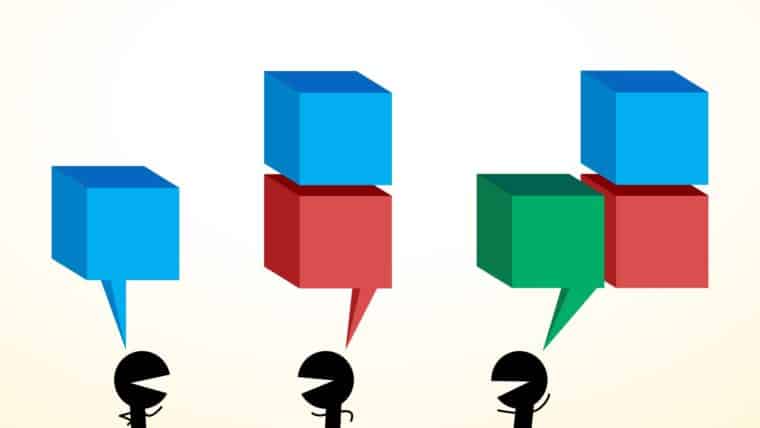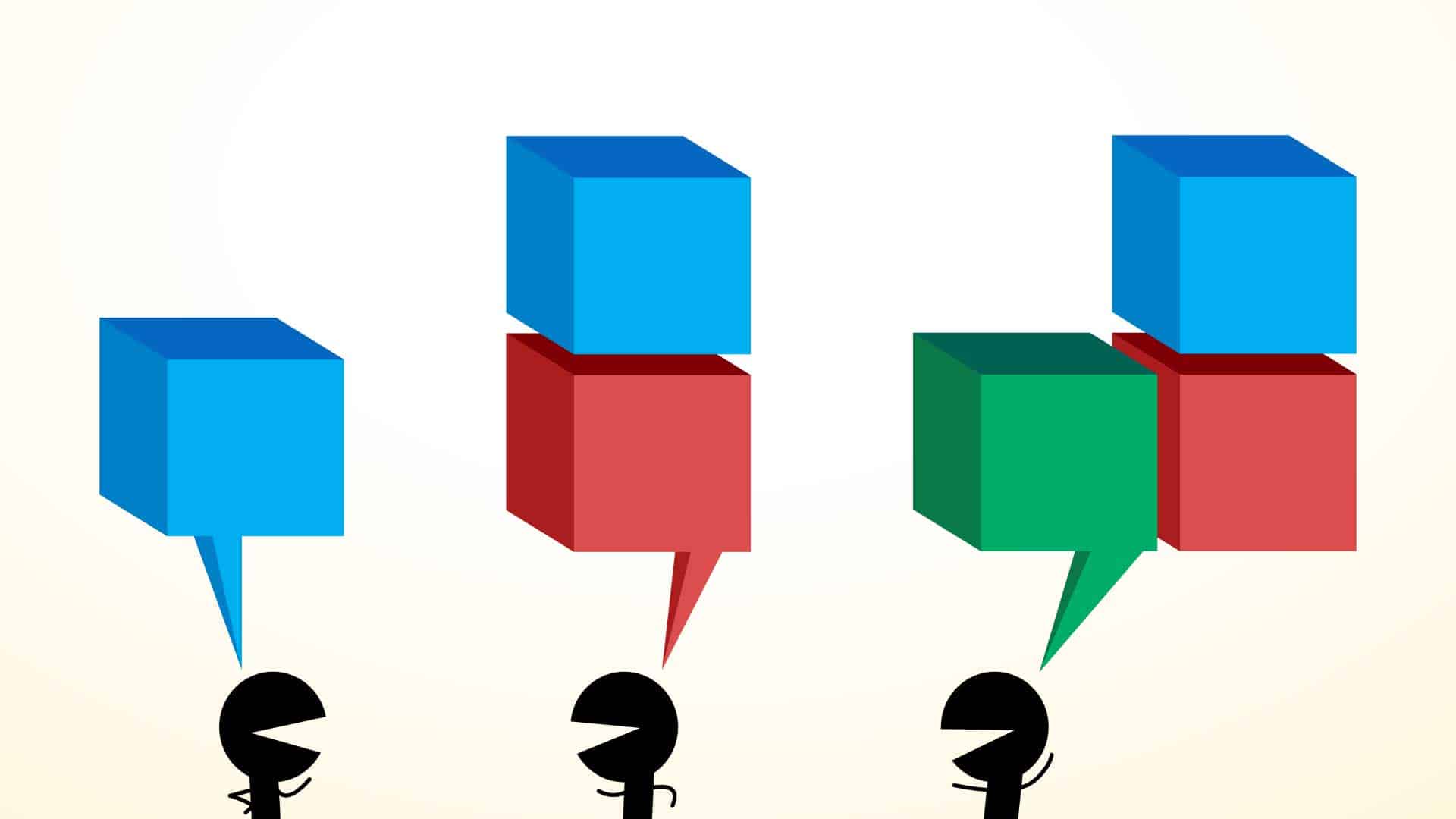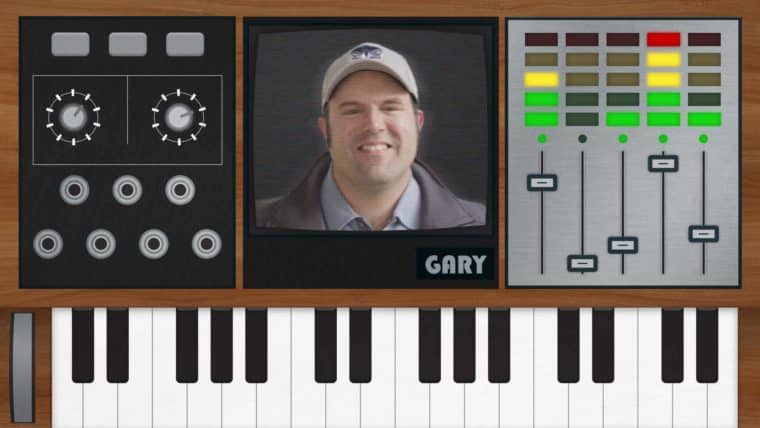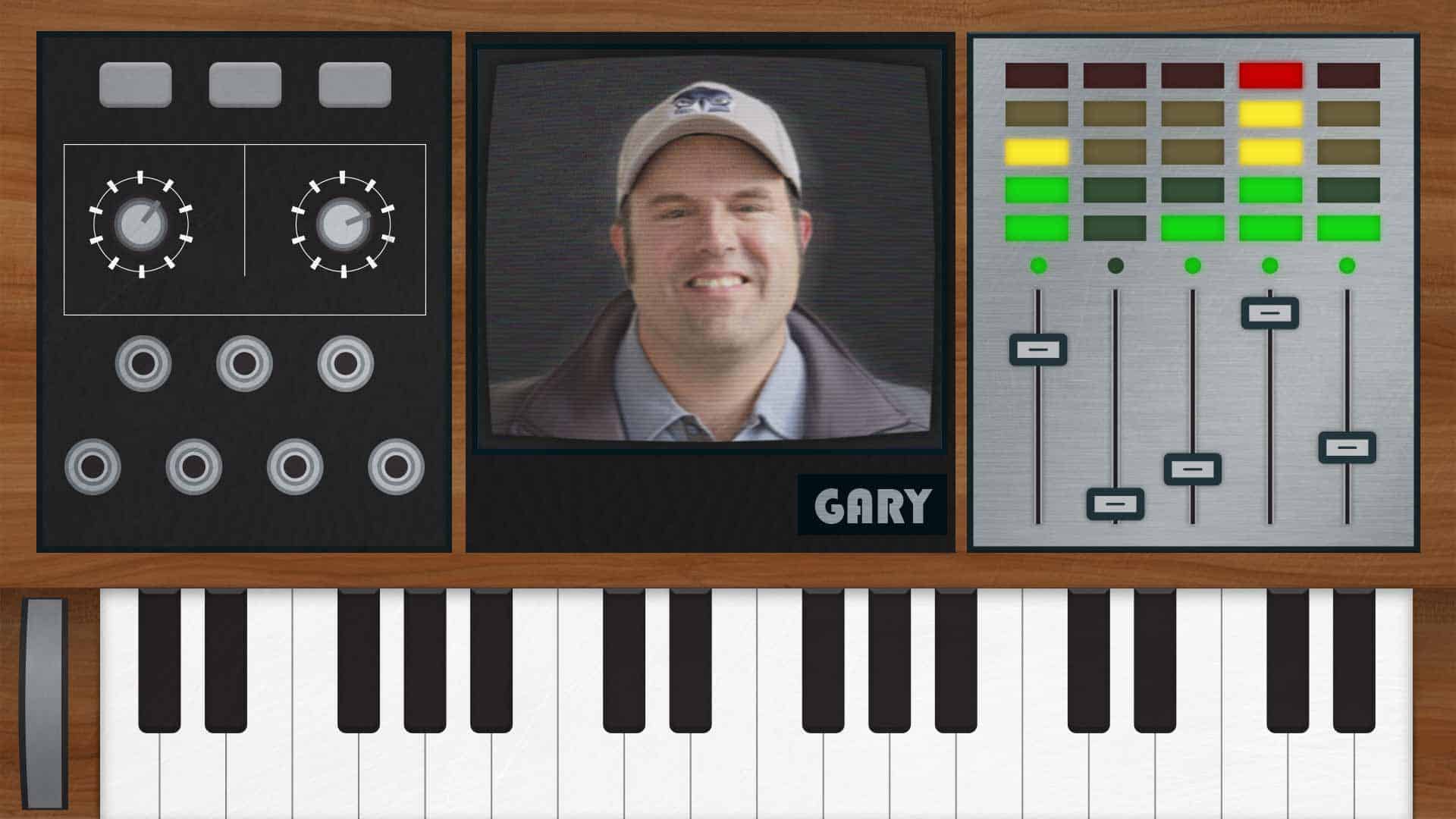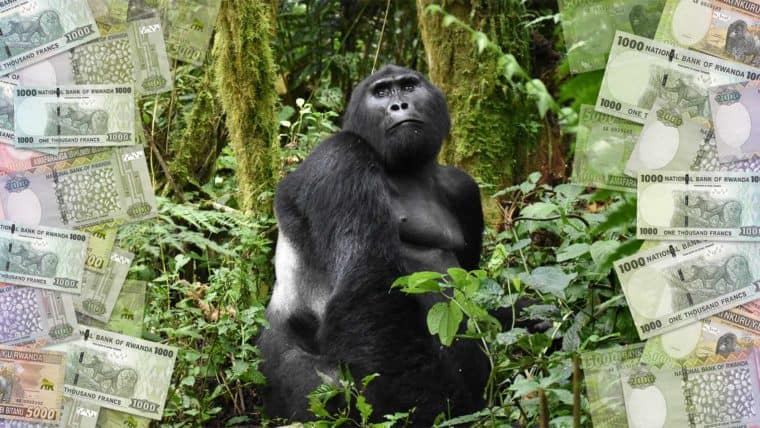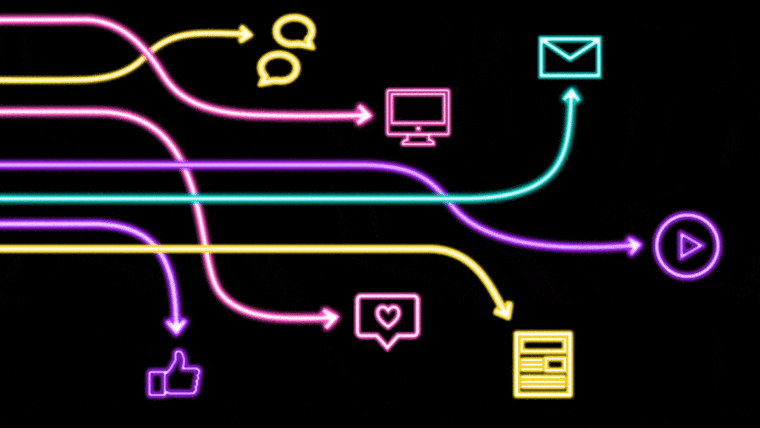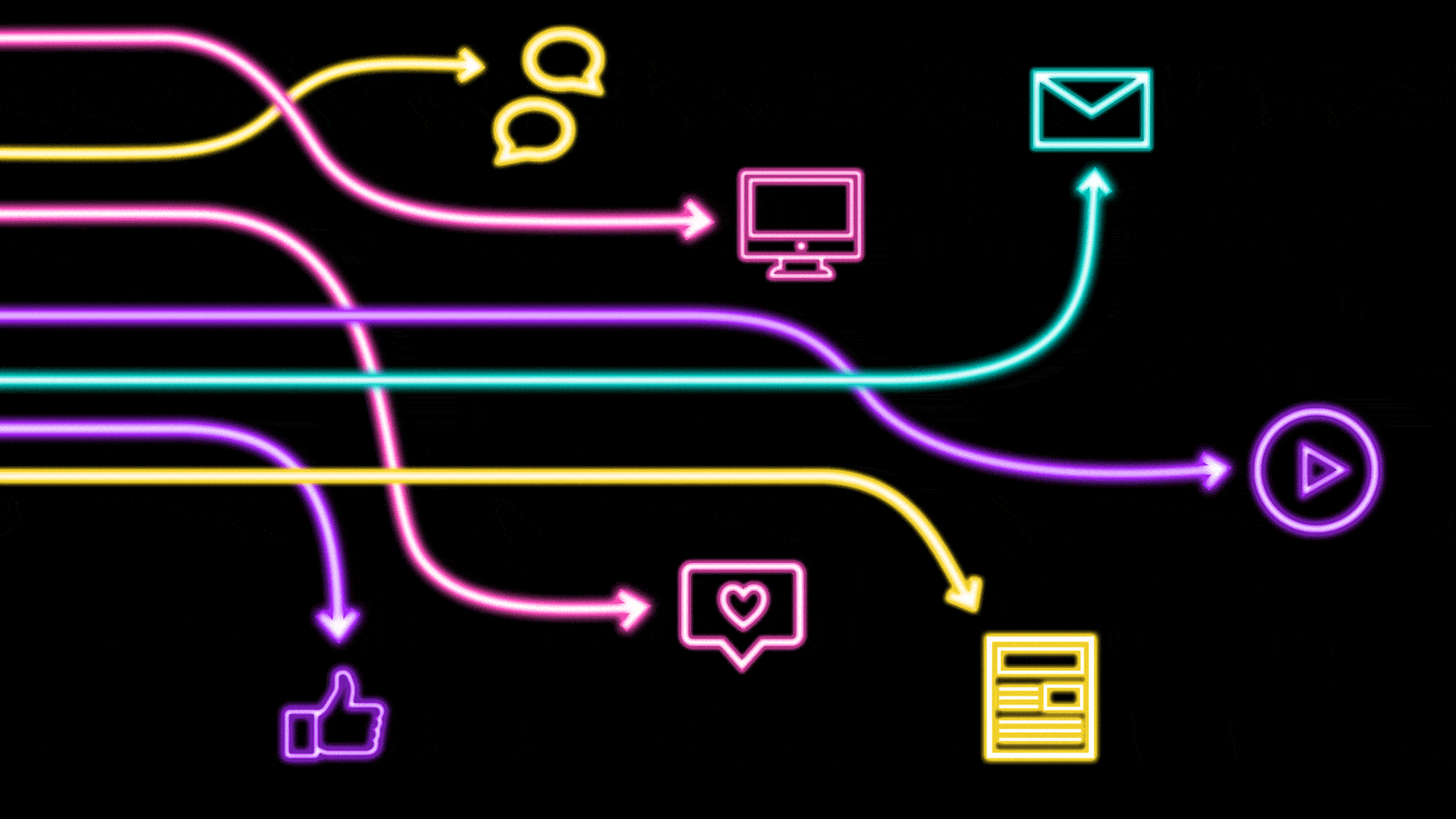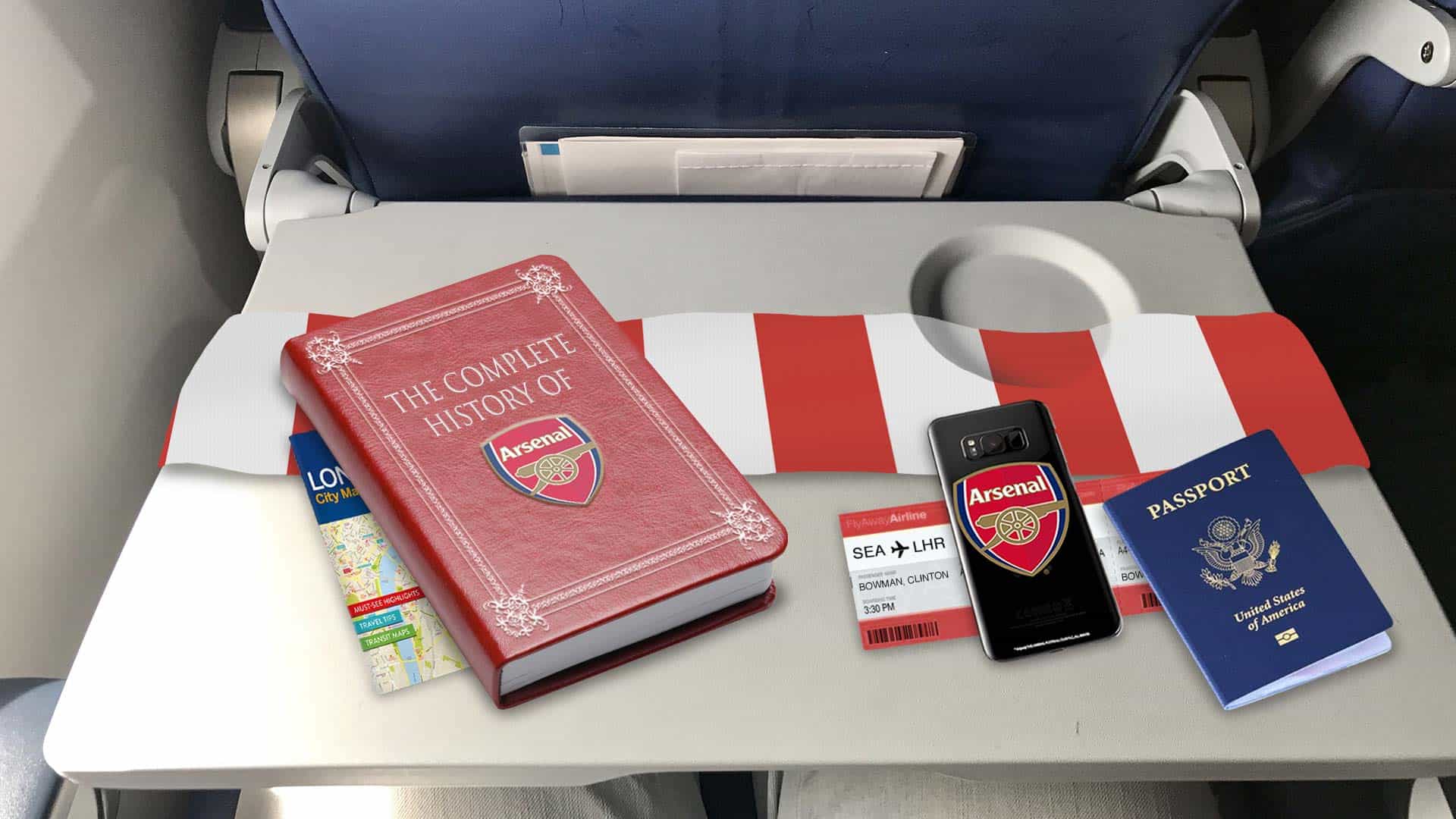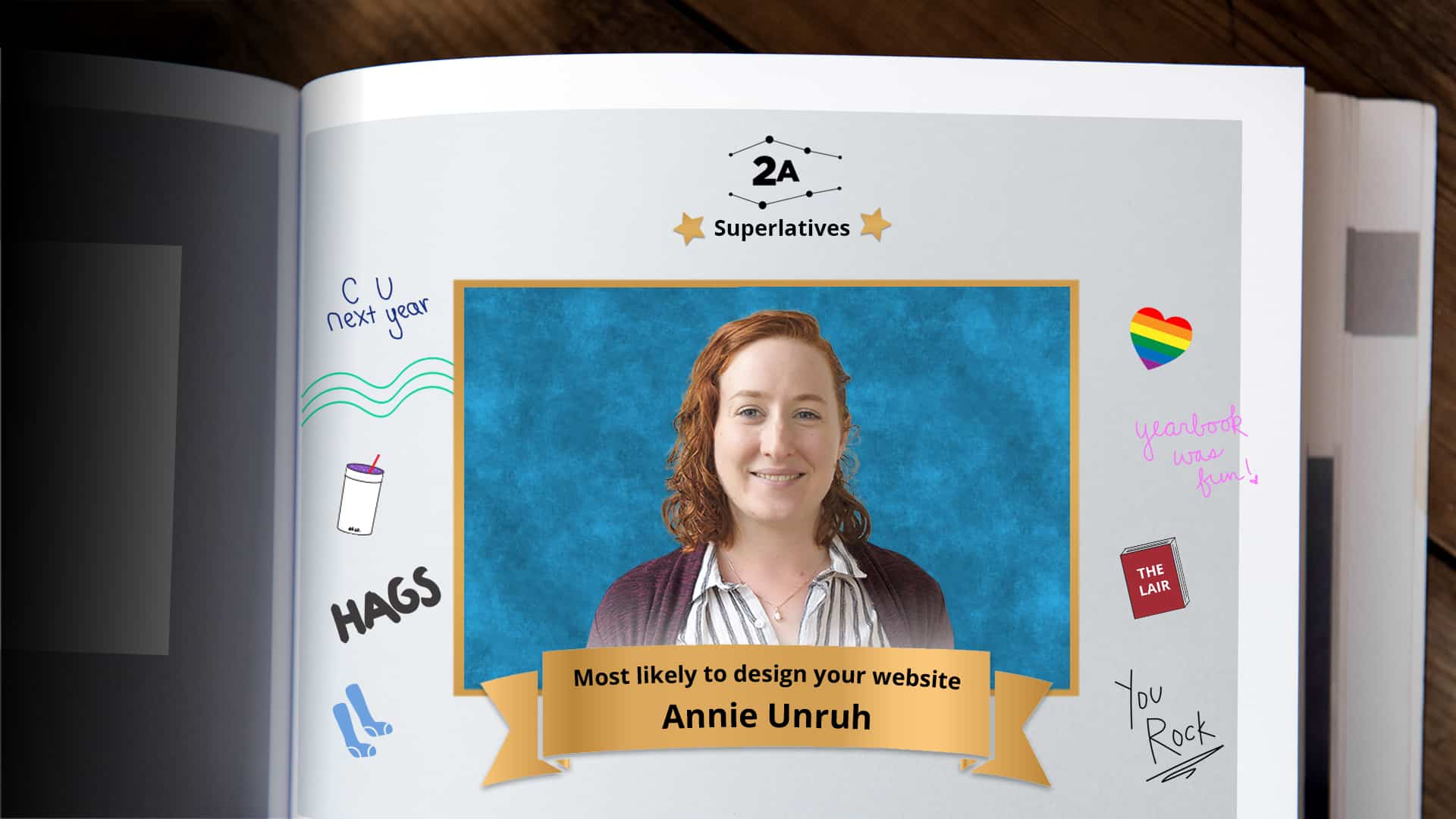
A yearbook chronicles bygone events—campy theater productions, glitter-dusted dances, and sports teams’ hot streaks. But for Annie Unruh, serving as editor in chief of her high school yearbook was less of a wrap up, and more of a surprising beginning. It wasn’t your typical yearbook. Called the Lair, it was award-winning and beefy. Before she knew it, the project had pulled her into the vortex of graphic design and set her on a course to 2A where she continues to use timeless design to capture the present.
Student life
Annie spent many afterschool hours camped out working on the Lair, slaving over page layouts to get portraits and feature stories just right. She even designed a profile story about a classmate’s World of Warcraft mastery that earned an award from the University of Kansas School of Journalism. On another page, she wrote a story about high school students who hang out at Sonic Drive-In because boredom is real! They passed the time slurping down the 44-oz-soda special.
When she heard about a yearbook convention in California, she didn’t hesitate to jump on a plane—it was a golden opportunity to refine her craft (and also get out of Kansas for a while).
Career superlatives
After getting a taste of California, Annie headed back to pursue a bachelor’s in fine arts at Chapman University in Orange. With her freshly minted degree in graphic design, and solid experience in print design, she landed a few gigs after college that pushed her skills further:
- Most modern Uno card game design? Annie’s.
- Most helpful Los Angeles County Metro brochure? Annie’s.
- Best newsletter rebrand for T-Mobile sales associates? Annie’s.
Annie collected credentials all along the West Coast, designing websites, apps, posters, swag, and animations for sole-proprietors and large enterprises alike. At T-Mobile, she worked as a graphic designer and communication specialist, finding ingenious ways to incorporate the patented magenta into onboarding swag and solve communications problems through design. But 2A won her over with the opportunity to take on a broad range of projects—like award-worthy sock graphics—and enter new territory with non-corporate clients—like Colombian artist Juan Manuel Echavarria.
She’s also steadily taken on more responsibility within the 2A design team. An insatiable reader, she’s devoured books about how to achieve a harmonious workplace culture, and how to run an efficient meeting. Annie doesn’t hesitate to apply her newfound knowledge, which has helped her team grow together.
Extra curriculars
Management books are just a subsection of Annie’s extensive library. Her extra-curricular schedule includes all the books the library is willing to loan her, in addition to scenic bike rides and queer events around Seattle. Her appetite for reading usually doubles as her breakfast companion—you might find her in the morning charging through a new memoir, its pages held open by the plate in front of her. Only halfway through the year and Annie is well on her way to best her 2018 total of 42 books read.
Need a designer who can give your work the timeless sheen of a yearbook? Just look up Annie (she’s on page 4) waiting for your heartfelt note about enjoying the summer.
